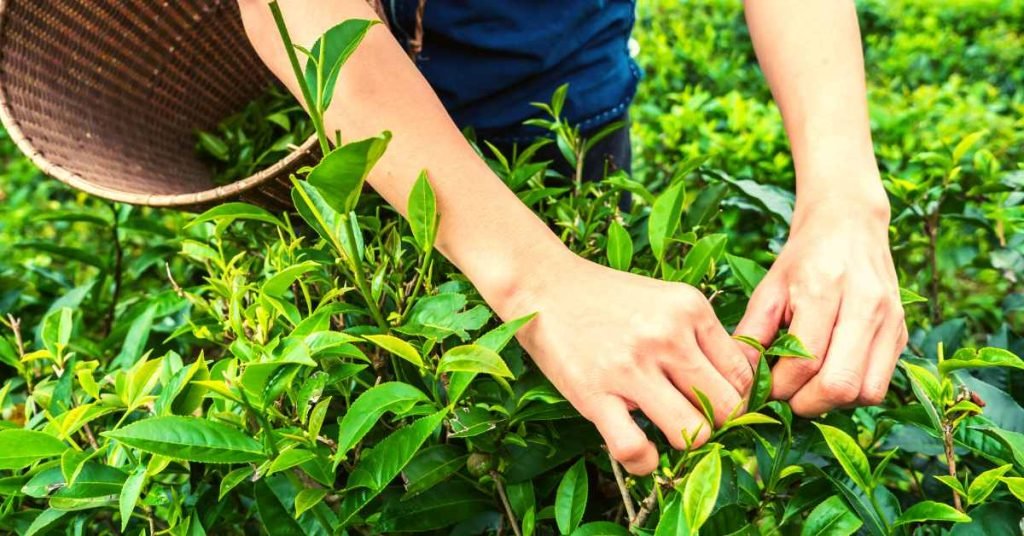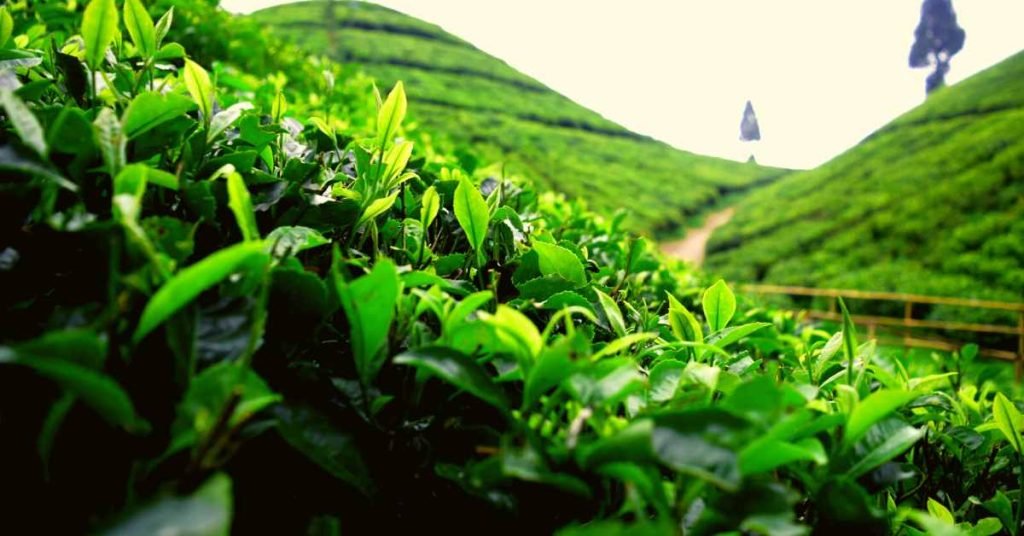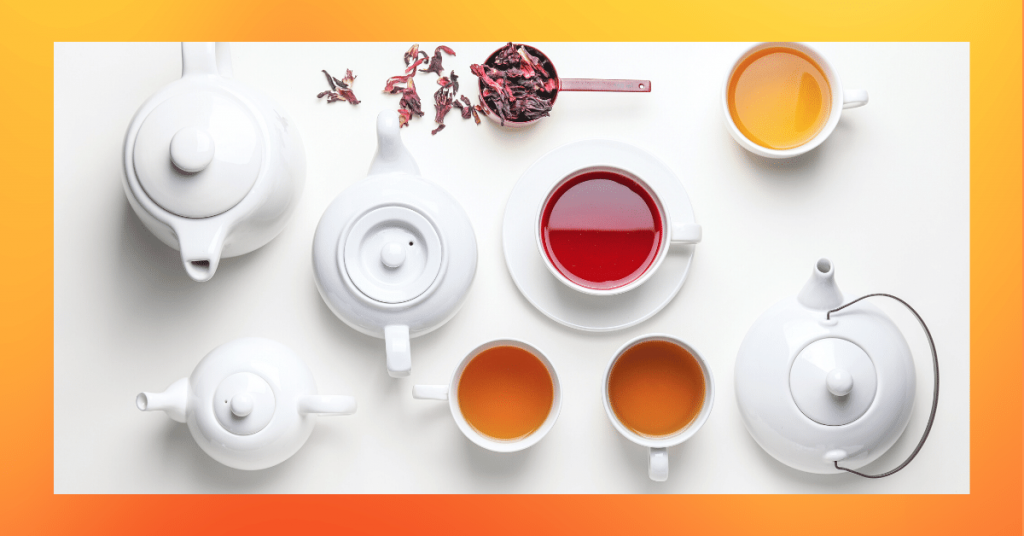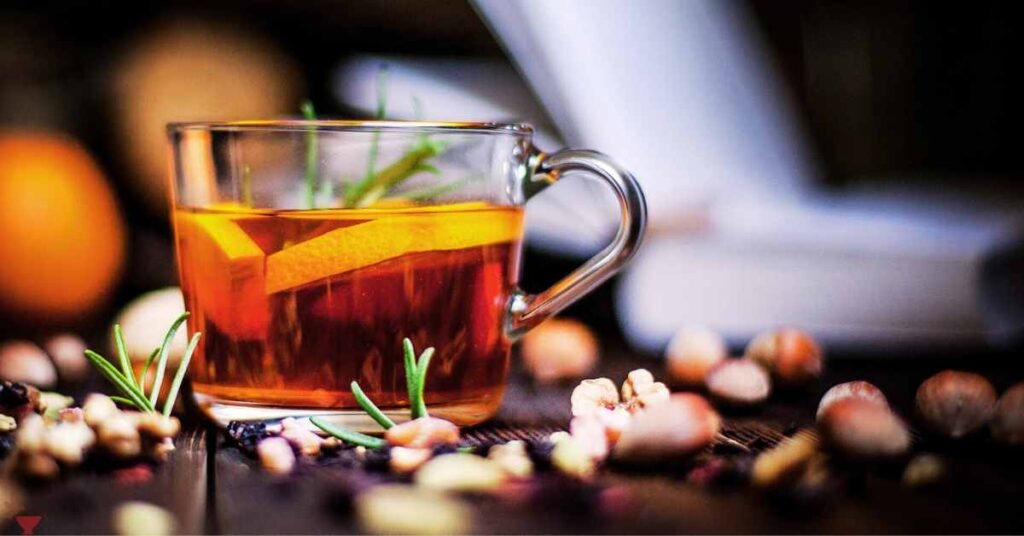When it comes to the art of tea, few things can rival the exquisite flavors and aromas found in the first and second flushes.
These terms may sound unfamiliar to the casual tea drinker, but they hold significant importance in the world of tea cultivation and production.
In this article, we will delve into the enchanting world of first and second-flush teas, exploring their characteristics, harvesting processes, and the unique experience they offer to tea connoisseurs worldwide.
What Is a flush? – Understanding the Flush Concept

In the tea industry, the term “flush” refers to the period during which tea leaves are harvested.
It depends closely on the plant’s growing stage and it directly affects the final flavor and quality of the tea. The two primary flushes are known as the “first flush” and the “second flush.”
First Flush: The Essence of Spring
The first flush also referred to as the “spring flush” or “first spring flush,” is considered the most prized and eagerly awaited harvest of the year.
It occurs in the early spring, typically from late February to mid-April in the Northern Hemisphere, when the tea plants awaken from their winter dormancy.
Characteristics
- Delicate flavors: First flush teas are known for their delicate and light flavors. The leaves possess a subtle, nuanced taste profile, often with floral, grassy, and vegetal notes.
- Bright and pale liquor: The infusion of first flush teas is typically pale in color, ranging from light yellow to pale green.
- Aromatic bouquet: These teas are celebrated for their delightful aromas, often reminiscent of fresh flowers, fruits, or a hint of honey.

Harvesting Process
- Hand plucking: Skilled tea pluckers carefully hand-pick the tender, young leaves, and buds, ensuring only the finest and most delicate foliage is collected.
- Limited production: The first flush yields a relatively lower quantity of tea compared to subsequent flushes due to the limited growth of tea plants after the dormant winter period.
Famous First Flush Teas
- Darjeeling First Flush: Grown in the misty slopes of the Himalayas, Darjeeling first flush teas are highly sought after for their unique muscatel flavor and captivating aromas.
- Myanmar First Flush Green: Hailing from Myanmar, these teas exhibit a bright and lively character with a gentle astringency.
Second Flush: The Richness of Summer

The second flush, also known as the “summer flush,” occurs in the late spring to early summer, usually from May to June.
This harvest represents the period of peak growth for the tea plant, resulting in distinct flavors and aromas that differ from the first flush.
Characteristics
- Full-bodied flavors: Second flush teas are renowned for their full-bodied, robust flavors. They often possess a rich, mellow taste with hints of ripe fruits, chocolate, and even caramel.
- Amber-colored infusion: The liquor of second-flush teas has a deep amber hue, exuding warmth and vibrancy.
- Musky and muscatel notes: Some second flush teas, such as those from Darjeeling, are celebrated for their distinct musky or muscatel undertones, adding to their allure.
Harvesting Process
- Selective plucking: During the second flush, tea pluckers primarily focus on harvesting mature leaves and buds. These leaves have developed more complexity and depth, contributing to the distinctive flavors found in second-flush teas.
- Greater production volume: The second flush usually yields a higher quantity of tea compared to the first flush due to the increased growth of the tea plants during the summer months.
Famous Second Flush Teas

- Darjeeling Second Flush: Often referred to as the “champagne of teas,” Darjeeling second flush teas are highly regarded for their rich and muscatel flavors, coupled with a delightful sweetness.
- Assam Second Flush: Grown in the lush valleys of Assam, India, these teas are known for their bold, malty flavors and robust character, making them a favorite choice for breakfast teas.
Enjoying the First and Second Flush Tea Experience
To fully appreciate the exquisite flavors and aromas of first and second-flush teas, here are a few tips on how to enjoy them:
- Brewing method: Use fresh, filtered water heated to the recommended temperature for the specific tea variety. For first-flush teas, a lower water temperature (around 170°F/77°C) is preferred, while second-flush teas can be brewed at a slightly higher temperature (around 190°F/88°C).
- Steeping time: Steep the leaves for the appropriate duration to extract the desired flavors. First-flush teas generally require a shorter steeping time of 1-2 minutes, whereas second-flush teas benefit from a slightly longer steeping time of 2-3 minutes.
- Appreciate the aroma: Take a moment to inhale the fragrant steam rising from the cup before taking your first sip. The aroma is an integral part of the tea-drinking experience.
- Enjoy the flavors: Take small sips and let the tea coat your taste buds to fully appreciate its unique characteristics.
Final Word

The world of tea holds a treasure trove of delights, and the first and second flushes offer a remarkable sensory journey for tea enthusiasts.
From the delicate and aromatic first-flush teas to the rich and full-bodied second-flush varieties, each brings its own charm and distinctiveness to the tea-drinking experience.
So, indulge in the wonders of these flushes, and let their flavors transport you to the serene gardens where tea leaves are plucked with utmost care to create these exceptional brews.
MEDICAL DISCLAIMER
Itsnevernotteatime.com cannot and does not contain medical/health advice. The medical/health information is provided for general and educational purposes only and is not a substitute for professional advice.




